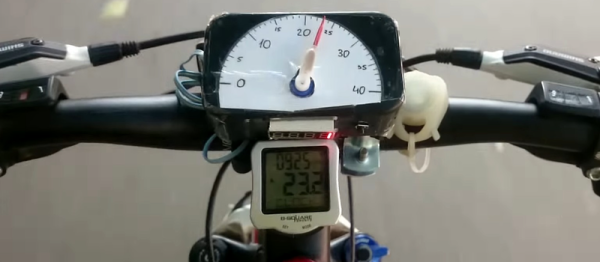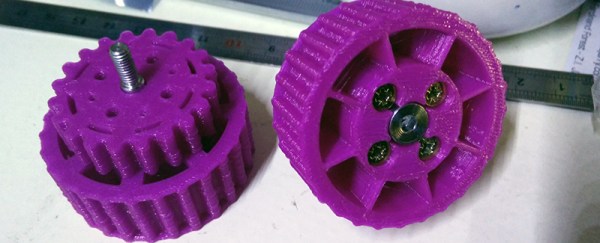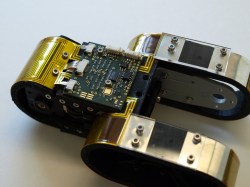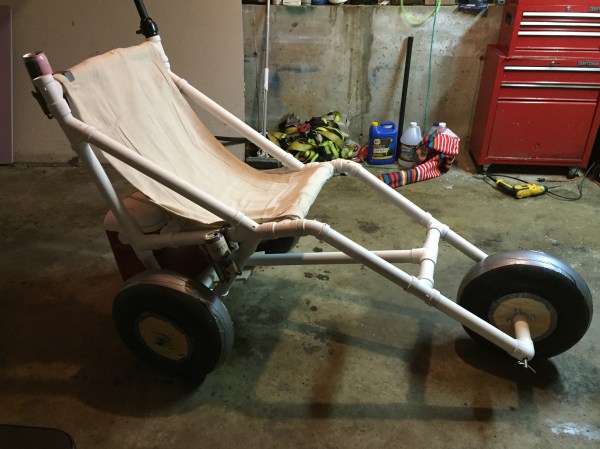Beware, arachnophobes, the robots are coming for you!
What else would you be expected to think if you watched a hexapod robot display its best Transformers impression by turning into a wheel and pushing itself in your direction? The BionicWheelBot — developed by [Festo] — should rightly remind you of the cartwheeling Flic-Flac spider, the main inspiration for the robot. Of course, Star Wars fans might justifiably see a Droideka.
The BionicWheelBot can — almost — seamlessly transition between crawling around on six legs, to literally rolling away. To do so, its three pairs of legs sequentially fold up into a shape befitting its namesake and then pauses for a moment — almost for dramatic effect — before the real fun begins.
Continue reading “It’s A Spider! It’s A Droideka! It’s Both!”



















